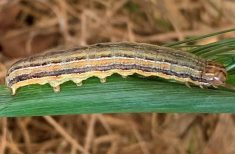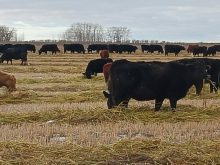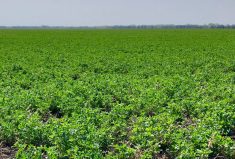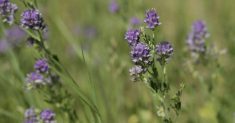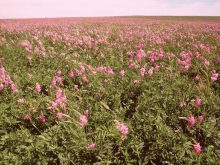Q: How do I choose the right perennial forage blend for my farm?
A: Growers should consider several factors when doing this. The first step is to start planning a year or two ahead of planting a perennial forage blend. Part of that planning is making sure weed control is taken care of for both perennial and annual weeds by using the correct modes of action. Both perennial and annual weeds can be a problem to control once the forage stand becomes established, so addressing this ahead of time is important.
The next step is to take a soil sample to determine the soil type and level of nutrients in the field as well as if there are any problem areas with issues like salinity, as this will determine which species you should consider for planting.
Read Also

Claas brings 1000 Series SP forage harvesters to Canada
In mid-August, Claas unveiled its new line of Jaguar forage harvesters at an event in Visalia, California, deep in the heart of that state’s dairy region.
Determining what the goal for the forage stand is going to be needs to be a big part of the planning process as well. Is the stand going to be used strictly for hay production? Pasture? A mix of the two?
Another consideration for planting is how much moisture your area receives. Depending on your moisture zone, you may need to be looking at more drought-tolerant species like crested wheatgrass or alternatively, species that prefer higher precipitation like orchardgrass.
The next thing to consider is how much alfalfa are you comfortable with in the blend? If you’re looking for high hay yields, then having a large portion of the mix dedicated to alfalfa will get you to that goal. Or, if you’re looking for a one or two cut system, maybe taking a cut and then grazing 50 to 60 per cent alfalfa would be ideal. Having an all-grass blend is another option.
One last thing to think about is the rooting types of various species. For example, if there is a salinity problem, using a very saline-tolerant grass that has creeping roots will help control weeds in these saline areas while also helping to prevent the saline area from spreading.
After taking these tips into consideration, growers should be able to choose the right forage blend for their operation.
– Dexter Lethbridge, CCA, is a forage product line representative with Proven Seed for Nutrien Ag Solutions in Lethbridge, Alta.



